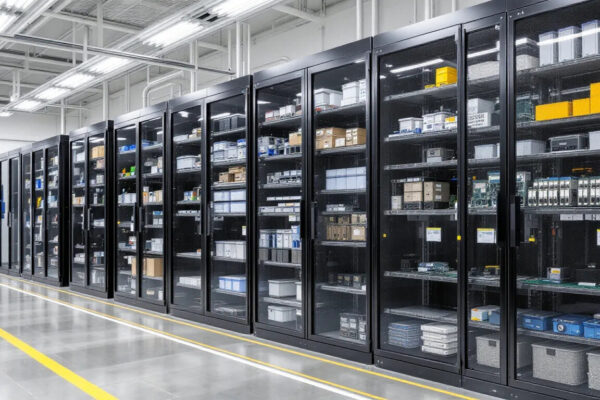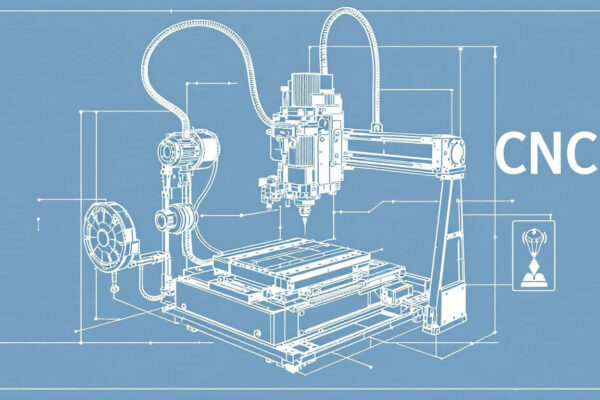As global supply chains continue to evolve, the electronics sector is increasingly relying on smarter logistics, automation, and customized packaging to stay competitive. From advanced inventory management for electronics to next-generation electronics packaging services, companies are optimizing their operations to increase transparency, reduce costs, and improve reliability in a highly dynamic market.
Smarter Inventory Management for Electronics
Manufacturers and distributors are investing in professional inventory management for electronics to enhance visibility, reduce capital lockup, and streamline workflows. Digital tools, predictive analytics, and automation support real-time stock accuracy across production facilities, warehouses, and distribution hubs.
A growing focus lies on excess inventory management for electronic components. Structured processes for handling surplus stock help companies repurpose, redistribute, or sell excess components in a controlled way. This reduces waste, frees up storage capacity, and supports more sustainable use of resources amid fluctuating availability and demand.
Kanban Systems and Lean Efficiency
Lean principles continue to shape modern warehouse and production strategies. Many companies are implementing kanban inventory management for electronics to ensure a continuous flow of materials without overstocking.
By aligning material supply with actual consumption:
- lead times can be reduced,
- procurement becomes more predictable,
- and transparency improves across the supply chain.
Kanban systems help prevent shortages and overproduction and are particularly effective when combined with digital monitoring and standardized processes.
Packaging Services in the Electronics Supply Chain
Alongside smarter inventory concepts, packaging has become a strategic factor in the electronics industry. Specialized electronics packaging services combine protection, efficiency, sustainability, and brand presentation.
Key segments include:
- Custom electronics packaging services to protect sensitive devices and components against ESD, shock, and environmental influences while supporting a professional unboxing experience.
- Consumer electronics packaging services that balance visual appeal, clear information, and compliance with international transport and labeling requirements.
- Integrated packaging services in electronics fulfillment, where packaging, labeling, and shipment preparation are directly linked to warehouse and shop systems to ensure consistent, efficient order processing.
Well-designed packaging concepts can help reduce material usage, optimize transport volumes, lower damage rates, and support brand perception—without making unrealistic performance promises.
Digital Warehousing and Automation
The use of a warehouse management system for the electronics industry is now a central element of modern logistics. Barcode and QR tracking, IoT-enabled monitoring, and data-driven analytics improve inventory accuracy and process reliability.
Automation in storage, picking, and fulfillment:
- reduces manual errors,
- increases process stability,
- and enables faster, more transparent handling of orders and component flows.
Rather than being a marketing buzzword, digital warehousing functions as a practical toolset to support compliance, traceability, and efficient handling of complex product portfolios.
Conclusion
From inventory management for electronics and kanban-based replenishment systems to specialized electronics packaging services, the industry is evolving through targeted use of digital tools and standardized processes. Structured concepts for excess inventory management of electronic components, the use of suitable warehouse management systems, and customized packaging solutions are increasingly becoming important competitive factors.
Companies that consistently invest in smarter inventory control, integrated packaging strategies, and automation are better positioned to improve efficiency, support sustainability goals, and meet customer expectations reliably over the long term.




